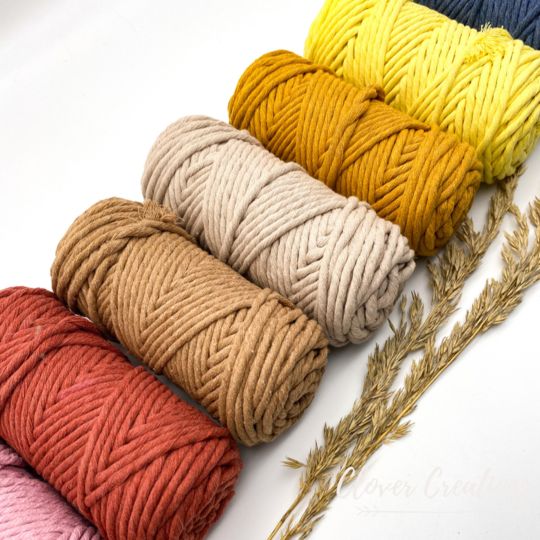Your cart is currently empty!
History of Macrame Across Cultures: From Ancient Techniques to Modern Revival
Macramé, the intricate art of knotting threads to create decorative patterns, boasts a history as rich and intertwined as its designs. Macrame originated in the Arab world during the 13th century and derives its name from the Arabic word migramah, meaning “fringe”. It was initially used by weavers to trim the edges of handwoven fabrics and create elaborate fringes that adorned shawls, veils and robes. These practical ornaments quickly developed into a distinctive craft that, thanks to Moorish influence, spread along the trade routes to Europe.
In the 17th century, macrame came to the fore in Italy and France, where it became a favorite pastime of the nobility. Sailors also played a vital role in its spread, knotting complex patterns during their long voyages and exchanging them in ports around the world. These maritime artisans contributed to the global expansion of macrame, introducing it to Asia, the Americas and beyond. Each culture brought its own unique flair to the craft: South American artisans mixed macrame with indigenous weaving traditions, while Chinese knotting influenced its geometric precision.
Macramé experienced a golden era during the Victorian era, adorning everything from household items to fashion accessories. However, its popularity declined with industrialization, as machine-made textiles took precedence. The craft saw a spirited revival in the 1970s and became synonymous with a bohemian aesthetic, with wall hangings, plant holders and jewelery reflecting the free-spirited ethos of the era.
In recent years, macrame has seen another resurgence, spurred by the global slow fashion movement and the embrace of handmade crafts. Artisans around the world have reworked traditional techniques and combined them with modern design to create sustainable and distinctive pieces. From its humble beginnings to its role as a symbol of mindfulness and creativity today, macramé continues to weave its way into the fabric of various cultures, connecting the past with the present.
Recent Posts
- Modern Elegance Meets Gujarati Heritage: Macrame for New Year Decor
- History of Macrame Across Cultures: From Ancient Techniques to Modern Revival
- Threads of Tradition: Gujarat Macrame Ideas to Welcome the New Year
- Weaving New Beginnings: Gujarat Macrame Decor for a Stylish New Year
- Winter Wonderland: Using Macrame to Create a Cozy Christmas Vibe
Archive
Tags
.macrame art Artisan journey Beginners guide Bohemian home decor Community empowerment Custom macrame DIY macrame decor easy macrame projects Festive decoration Garba accessories Gujarat artisans Gujarat craft Gujarat handmade Gujarat India Gujarat macrame artisans Handicrafts handmade Handmade curtains Handmade decorations Handmade Gujarat Handmade products High-quality macrame Home decor home décor trends Innovative macrame Karva chauth home decor Local artisans Local craft Local products macrame art for beginners Macrame curtains Macrame Knots Macrame potli Macrame process Macrame products Macrame tools Macrame torans macrame Wall décor macrame wall hangings Materials for beginners Modern home decor Navratri fashion Personalized macrame Personalized products Sustainable Navratri decor

